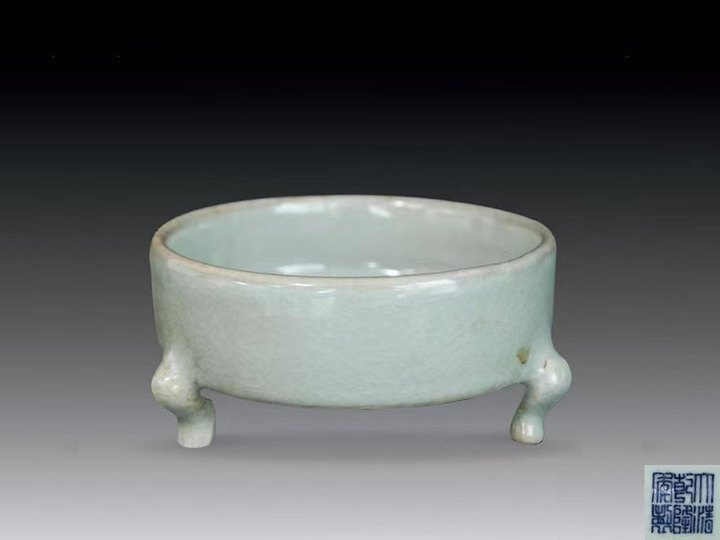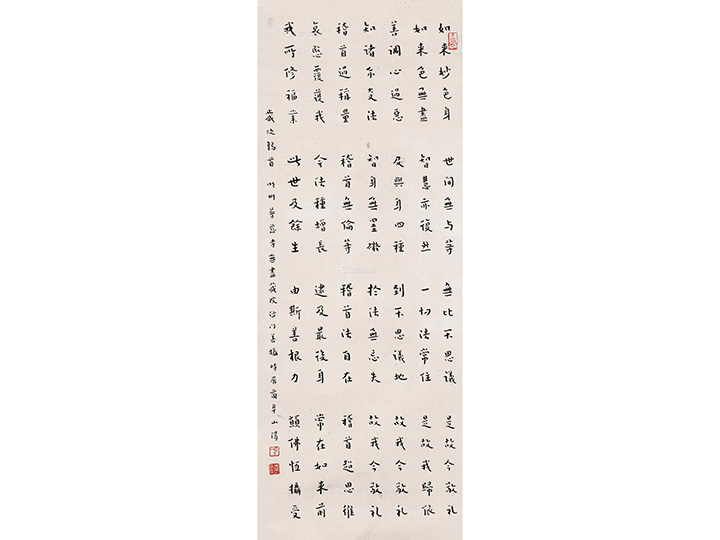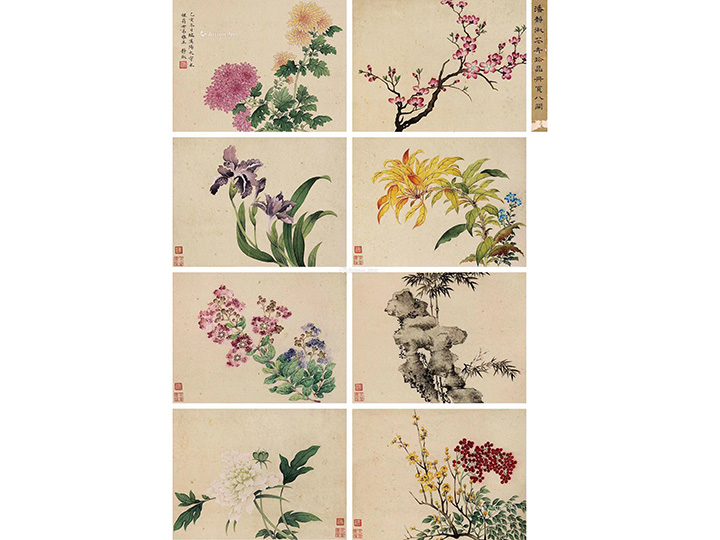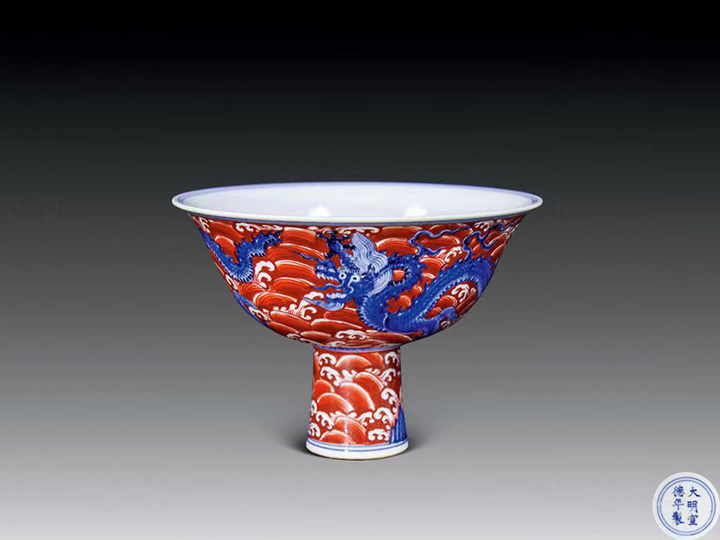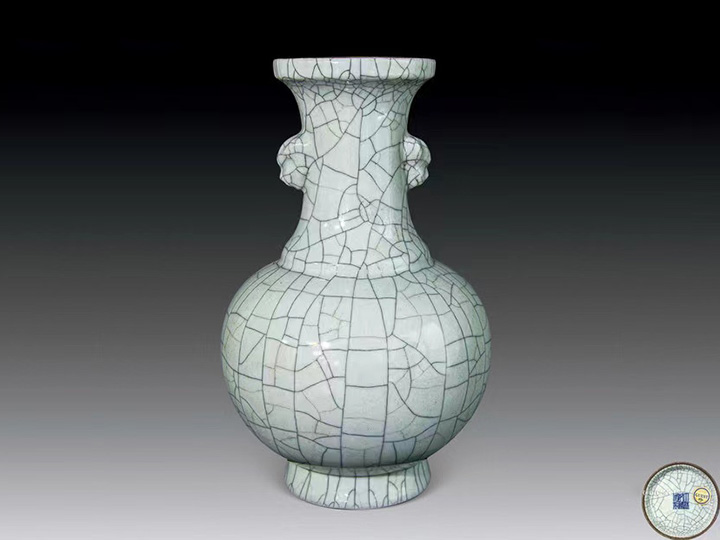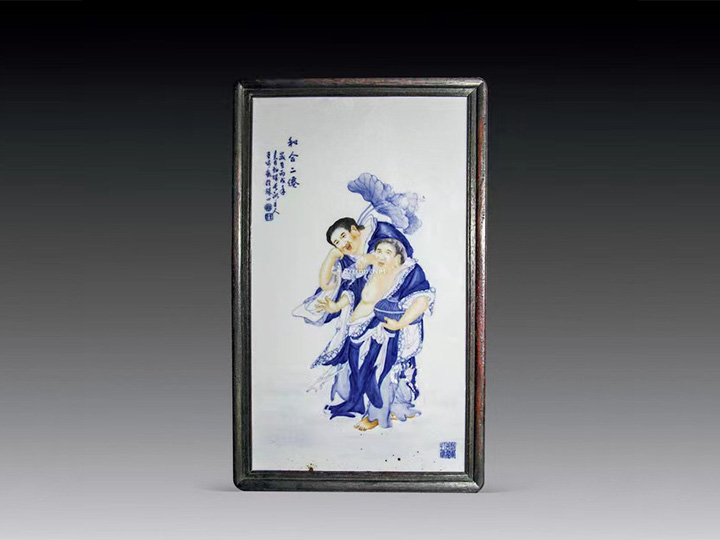The value of rare stones lies in their naturalness. How to maintain rare stones
- 2020-09-27
- 111 Views
The value of rare stones lies in their naturalness, which is also one of their important features and attributes. The naturally formed texture, color, and shape make each rare stone unique. Therefore, when caring for rare stones, attention should be paid to protecting their original natural characteristics. Do not make rare stones that do not require manual cleaning or maintenance.
The value of rare stones lies in their naturalness, which is also one of their important features and attributes. The naturally formed texture, color, and shape make each rare stone unique. Therefore, when caring for rare stones, attention should be paid to protecting their original natural characteristics. Do not make rare stones that do not require manual cleaning or maintenance.
According to different types of rare stones, different maintenance methods should be used, and cannot be generalized. The common methods for stone maintenance are as follows.
One is water conservation. This method is common, simple and easy to implement, and is suitable for most rare stones, especially during the collection and transportation of rare stones, which may inevitably cause some degree of damage to the stone skin and stone muscles. In this case, the strange stone can be placed on an open-air cement stone frame, watered regularly, and exposed to sunlight and rain to weather and discolor the stone skin and skin, achieving harmony in texture, color perception, and other aspects.
Strange stones suitable for spraying can be watered once or twice a day to keep their surface moist; Suitable for soaking strange stones, they can be soaked in water, but the time should not be too long. They should be taken out and dried for storage in a few days; Stones that are not suitable for spraying or soaking can be wiped clean with a semi wet cloth to keep them tidy.
The second is hand care. This method is suitable for small rare stones. Frequently playing and caressing with hands, the stone absorbs the oil expelled from the pores of the human body. Over time, the stone will emit a mature luster. This kind of smooth and pleasing stone surface phenomenon, commonly known as patina, is better when the patina is thicker. It not only reflects the collectors' love for the rare stones, but also adds color and value to them.
The third is wax cultivation. Applying wax can not only make the texture pattern clear, but also make the stone warm and enhance its natural beauty, but not all rare stones are suitable for this method. Wax cured stones generally require a hardness of 4-5 degrees or above. Stones with a hardness lower than this are loose, rough in surface, and prone to darkening in color after absorbing wax. Stones with strong adsorption properties are also not suitable for waxing.
The specific method of waxing is: first clean the stone surface, then heat the stone, which can be boiled in a pot, sun dried, etc. The stone surface must be heated evenly; Then, apply a piece of solid paraffin wax onto the surface of the stone. The temperature of the stone should be high enough to melt the paraffin wax, and the temperature should not be low. As the stone cools, the melted paraffin also solidifies on the surface of the stone. The amount of wax applied should be based on the ability of the wax solution to be fully absorbed by the stone surface.

